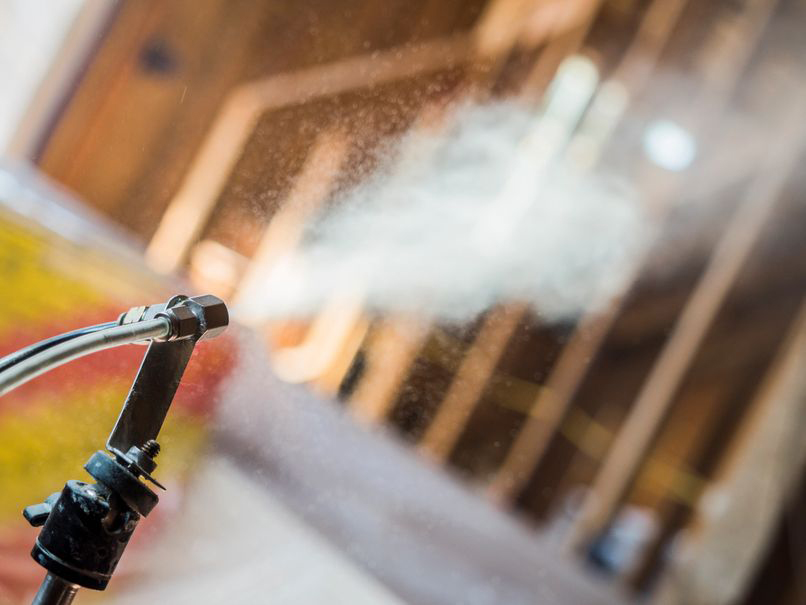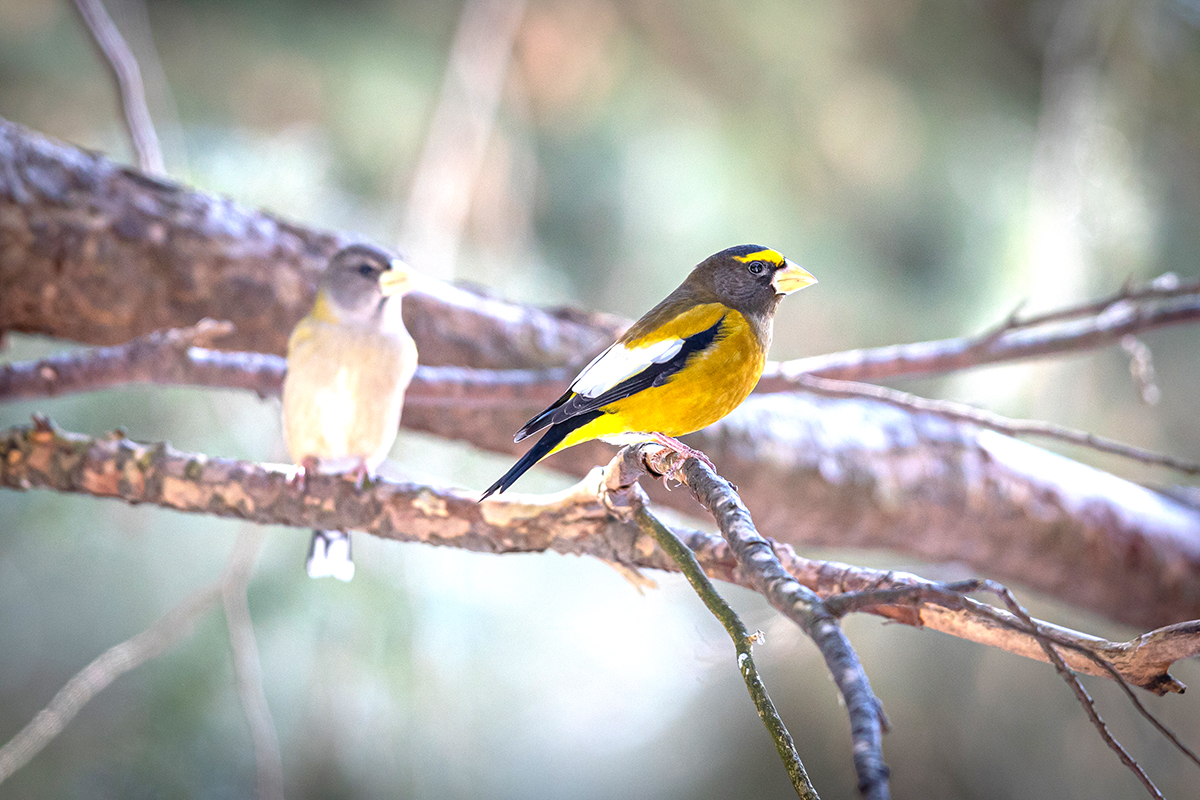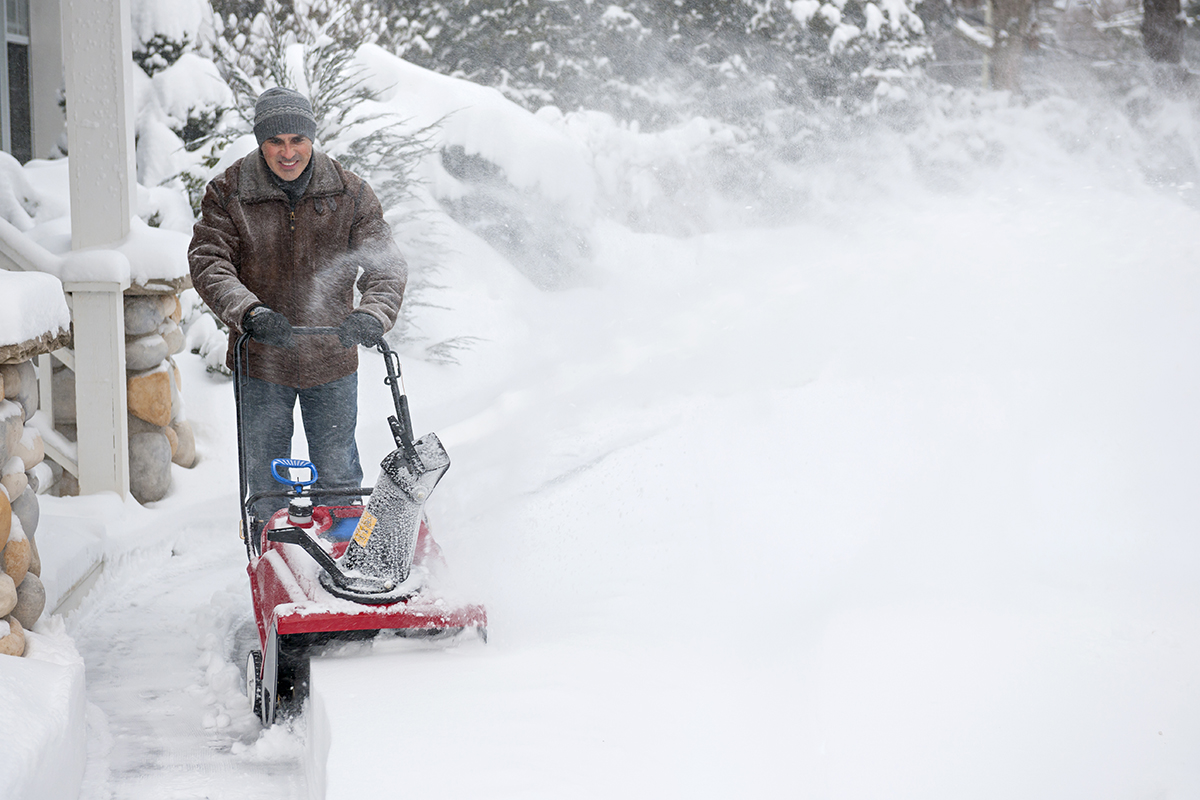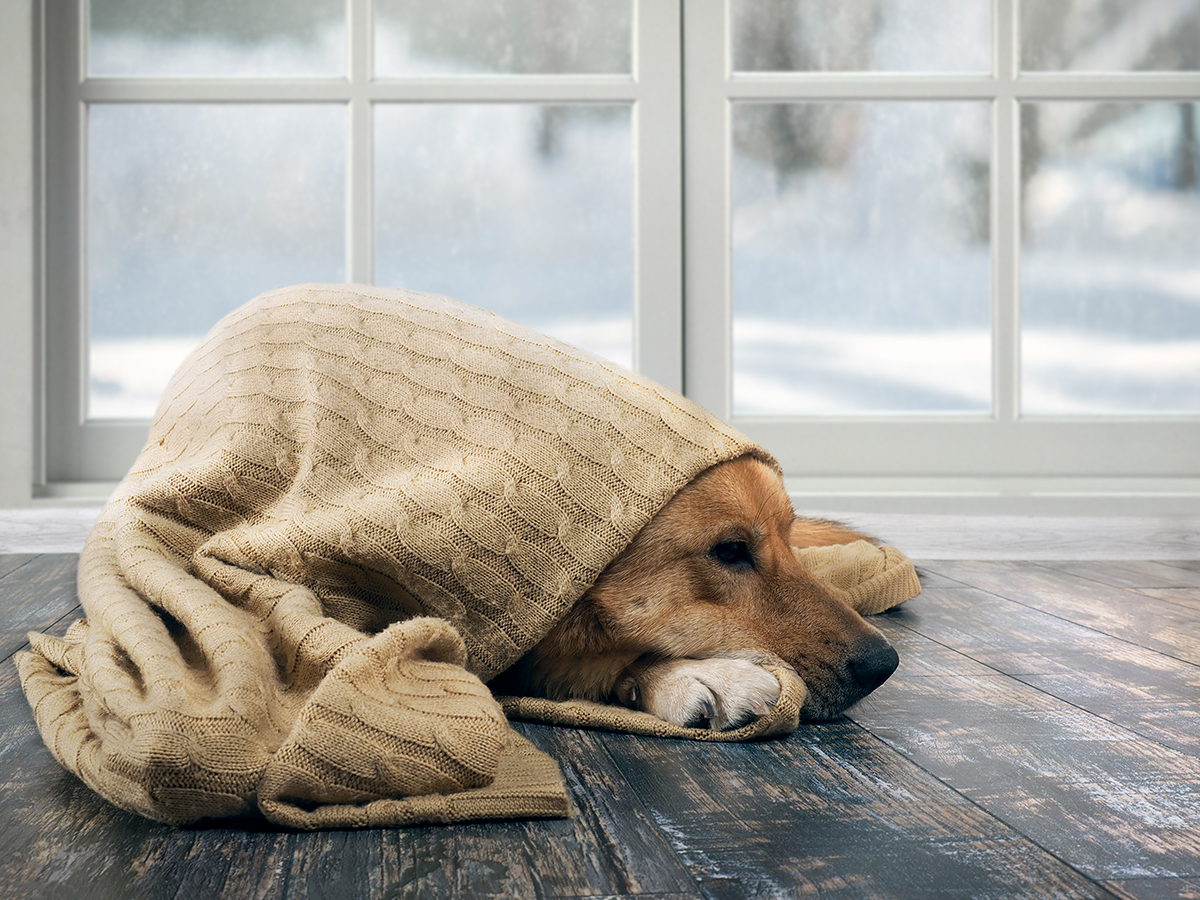WRITER | JULIE FORD
PHOTO | JORDAN HOSKING
Greenhouses are enchanting. Traditionally, they winter over our favorite tropical plants, allow us a great start on the Michigan growing season, and create an earth-scented, warm, and wonderful space. Today, homeowners are ordering greenhouses at an unprecedented rate, and it’s not just for green thumb activities.
“People are staying in their homes more,” says Jordan Hosking, founder of the Michigan Greenhouse Company. “Greenhouses have become a lifestyle room – a place for dinner parties that give outdoor living a different kind of view and one that can be heated.”
Dining areas with chandeliers, art studios, yoga spaces, or a four-season respite with a 360-degree view of the landscape are some of the possibilities homeowners are investing in. Whether DIY or professionally done, there are many things to consider before installing a greenhouse. So, is a greenhouse right for you? Here are key factors to consider before moving forward.
Location
In Hosking’s experience, having more than an acre to place a greenhouse is ideal, unless it will attach to the home.
Using the space
How the homeowner plans to use the greenhouse is one of the first questions he asks prospective clients – selecting the proper size and type depends on its intended use. “Why pay for expensive double glass if the homeowner wants to set up a table and chairs, entertain friends, and only heat it when they are using it?” explains Hosking. Greenhouses for year-round food production in Michigan’s climate require electricity for fans, cooling, and lighting; gas for heat; and running water. At a bare minimum, a greenhouse to start plants for the garden needs electricity for a workbench, supplemental grow lighting, and exhaust fans. And the smaller the greenhouse, the faster it heats up and cools down – something to consider when considering usage and utilities.
Budget
The lifespan of a greenhouse is 20-50 years before the covering or glazing in either glass (longer lasting), or polycarbonate shows signs of wear, and you may need to start thinking about replacement. Plan on $100 per square foot for single glass or a thinner polycarbonate, $135 per square foot for a five-wall honeycomb polycarbonate, or $200 per square foot for double glass. A 16 x 20, 320-square-foot greenhouse (not including utilities or foundation) will cost from $32,000 to more than $60,000 professionally installed.
Other budget considerations include concrete and masonry completed on-site and managed by the homeowner. Greenhouses set on beautifully crafted stone walls with an equally attractive footpath to the greenhouse and a foundation of beautiful brickwork can cost more than the greenhouse. Greenhouses attached to the home require a frost wall ― a foundation matching the home’s foundation to prevent heaving. And greenhouses can be completely custom built. Hosking works with an engineering firm in Toledo, sources glass from across North America, and the aluminum fabrication is done in Canada. While there’s currently a six- to eight-month lead time to obtain materials, greenhouses can be built any time of year.
Utilities are the next cost factor. Will you need to bring a gas line, water, and electrical to the location of the greenhouse? And while a permit isn’t required to purchase a greenhouse, Hosking says homeowners should check with their local building and zoning offices because a permit is likely required to build one.
History
The Romans invented greenhouses in 30 AD to grow cucumbers year-round for an ailing emperor. The building’s roof was made from thin mica sheets and constantly stoked exterior fires provided the heat. During the 18th century, the colonial elite built several south-facing brick, stucco, and glass greenhouses around Maryland’s Chesapeake Bay. Called orangeries, affluent owners grew tropical fruits, nuts, and flowers that could not survive the Mid-Atlantic climate. The Wye House Orangery in Talbot County, Maryland, is the only remaining original 18th-century greenhouse.
“The majority of greenhouses we do are glass because of the aesthetic. Glass wins the looks and longevity contest,” says Hosking. The traditional glass structure traps the heat and light from the sun to maintain an average 30 degrees higher temp than the outside when it’s sunny. The heat build-up can be ingeniously controlled by installing ceiling vents that open using waxed-filled pistons. When it’s hot, the wax will liquefy and allow the vents to open; as the temperature drops, the wax cools and hardens and the vents will close. But if the goal is to grow and harvest fruits and vegetables throughout the winter, the technical needs of the greenhouse such as fans, heating, and supplemental light are increased.
From adding a lifestyle room to growing food for self-sustainment, a greenhouse could be the next project that not only adds a beautiful and useful structure to your property but also allows you to fully experience every season, at home, for decades to come.








